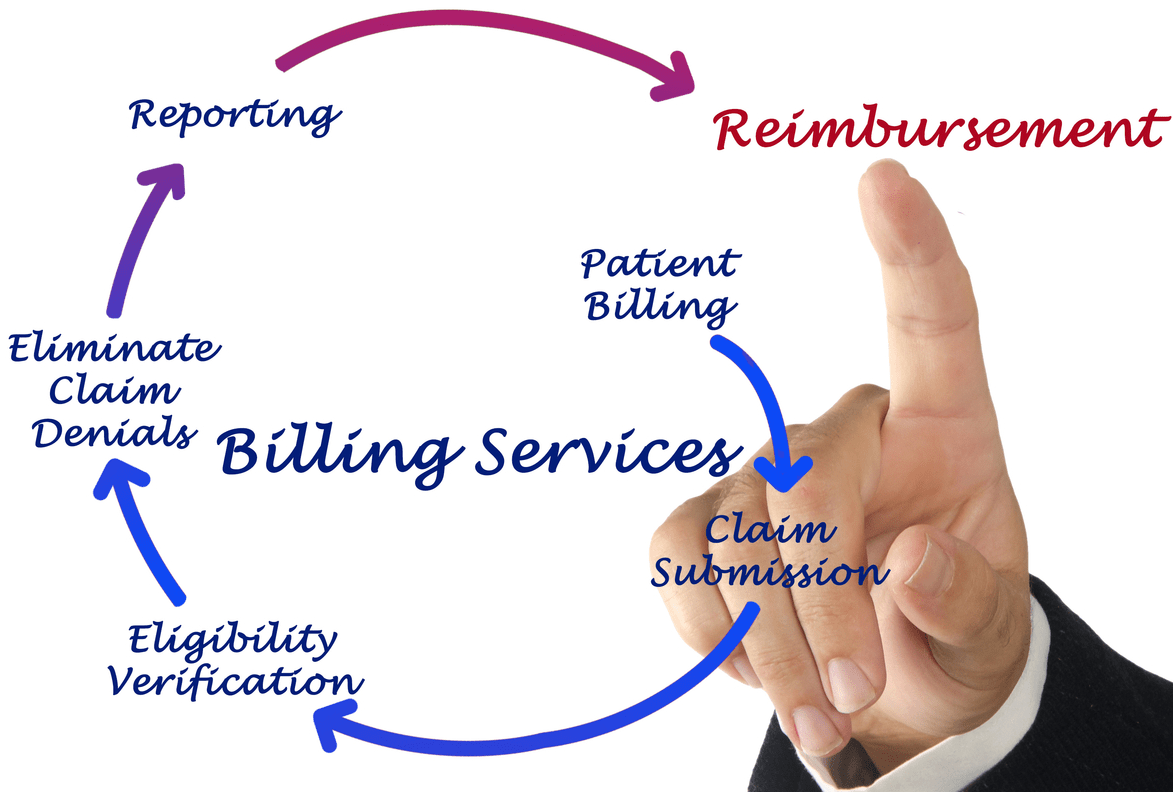Content Attributes
“You’ll need a spotlight for that.”
“What type of floodlight do you use?”
Some people say tomato, others say tomato – but the difference between spotlights and floodlights is much more than pronunciation. Spotlights vs floodlights may seem little more than academic. But when you’re lighting something up for your organisation’s crucial operations, the difference is absolutely crucial.
But first things first – we need to talk about beam patterns. Basically, the beam pattern – or beam angle – is the measure of the angles between a light beam’s brightest and centre most point. When the angle is larger, the light will illuminate a wider area. While a smaller angle focuses the bulk of the light at the centre point. You might therefore say that a wide beam angle ‘floods’ the area with light. While a narrower one concentrates the beam on a ‘spot’.
So if your particular application requires that light to be spread across a wider area. Like the floodlights in a sports stadium or for security outside a building. Is LED technology advanced enough to consider a LED flood light setup?
From an energy efficiency point of view, the answer is clearly yes. As LED technology uses vastly less power, and flood lights are known to be particularly energy-hungry. LED lights also turn on instantly, as opposed to some legacy technologies. That need time to reach their full performance, whilst also lasting longer, emitting less heat, and not putting out any environmentally-unfriendly emissions.
The trade-off can be a slightly higher price-tag, but when factoring in the efficiency, reliability and durability benefits, you can pay off the difference in a matter of months.
And what about LED spotlights?
Have light emitting diodes caught up with more traditional lighting technologies for casting a concentrated beam on a stage, or for a huge number of other commercial and industrial purposes? The answer is clearly yes, as LED spotlights surge in popularity for efficiency reasons. But also because LED is the superior technology for controlling its light spectral composition. A beam’s intensity, position, direction, phase and polarisation state. Additionally, the emitted light concentrated in a much narrower and purer wavelength window. That is perfect for a crisp and powerful beam.
So as you make your choice between LED flood lights or spotlights for your particular application. Consider whether you need the intensity of the beam to focus on a narrower working area or point of interest. Or if the light should spread out more widely and thinly to illuminate a bigger space.
In a nutshell:
- LED spotlight beam angles are typically no wider than 45 degrees. With a more concentrated beam that can be pointed and controlled.
- With the same wattage and lumens (brightness) output. LED flood light beam angles spread out over a beam angle up to 120 degrees and more. Lighting up a larger area but with less concentrated intensity.
If you’re in the market for LED spotlight or floodlight technology for your particular application or operations, ask an expert to help guide the correct choice in terms of lumens capability, colour temperature, CRI (colour rendering index), suitability for your operating conditions, and other factors.



